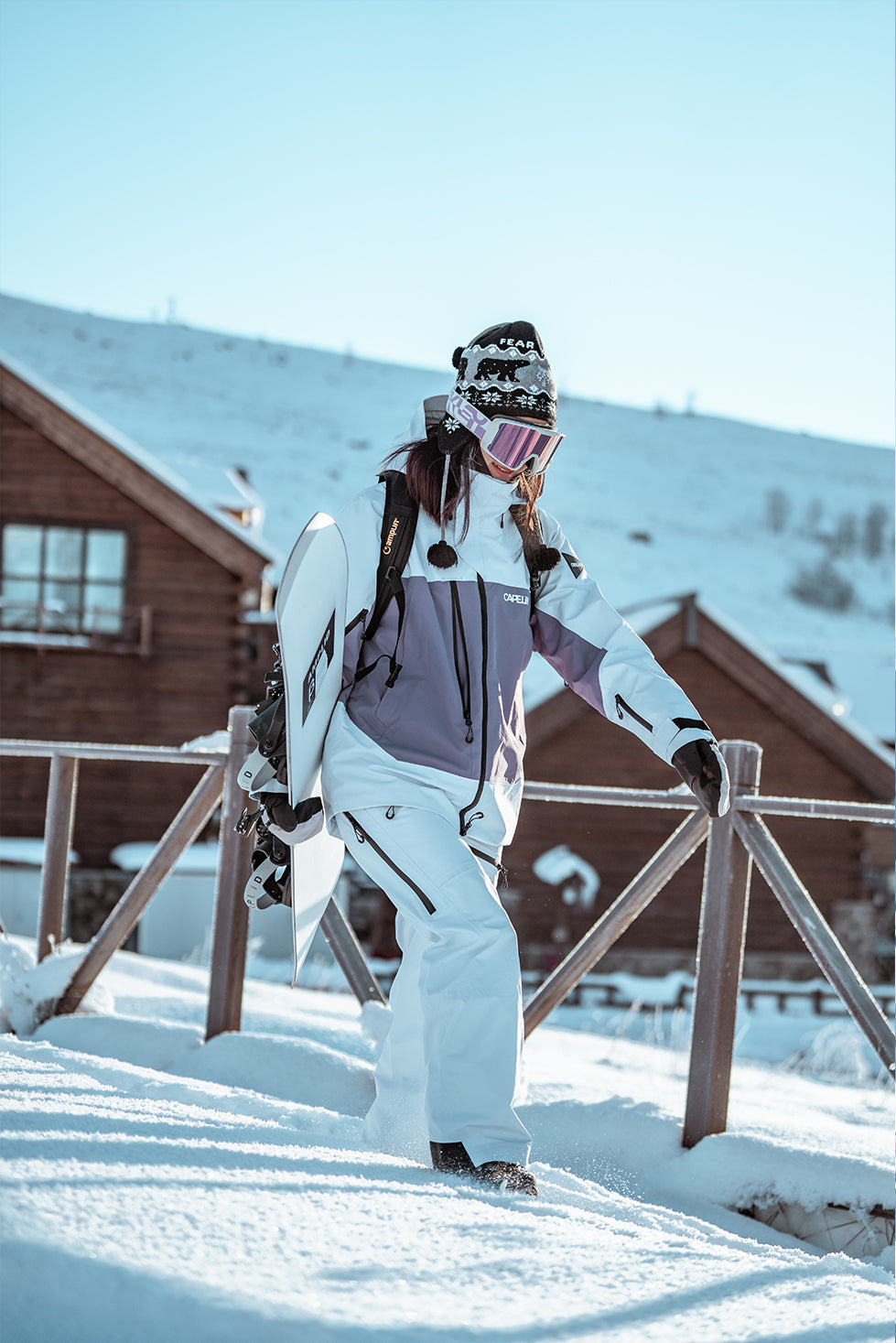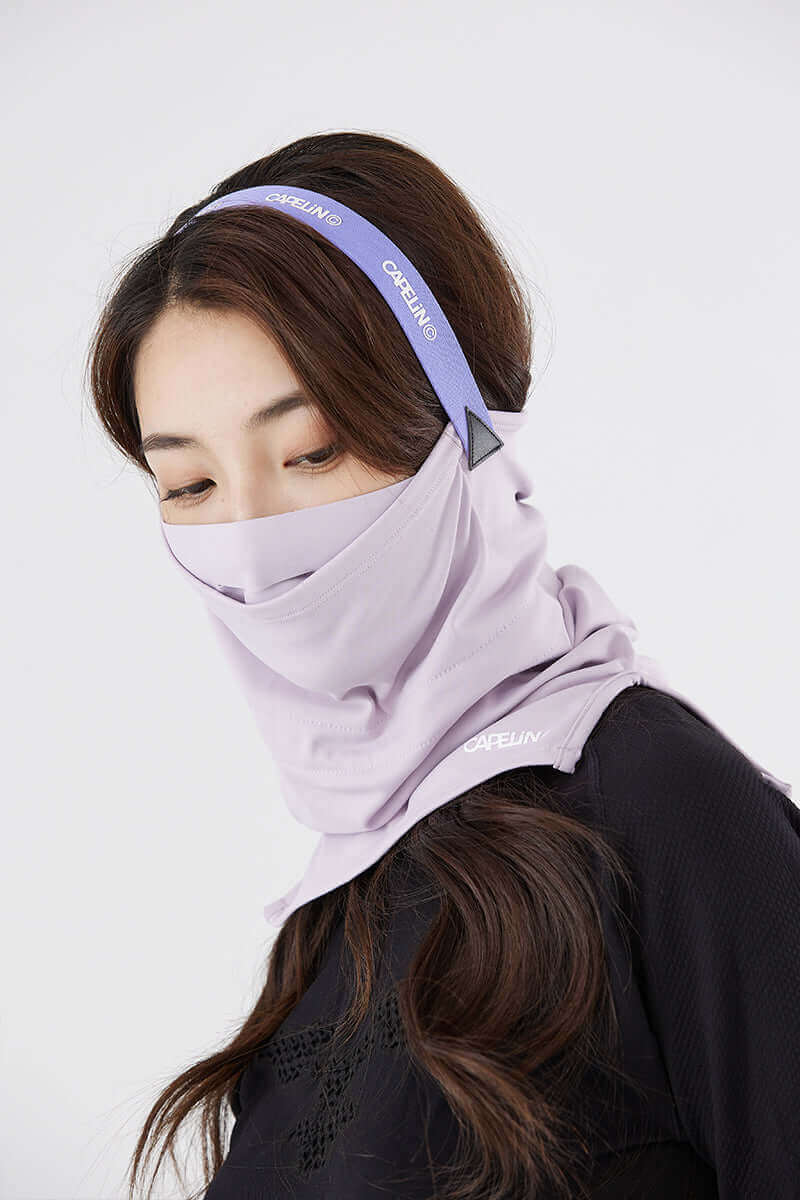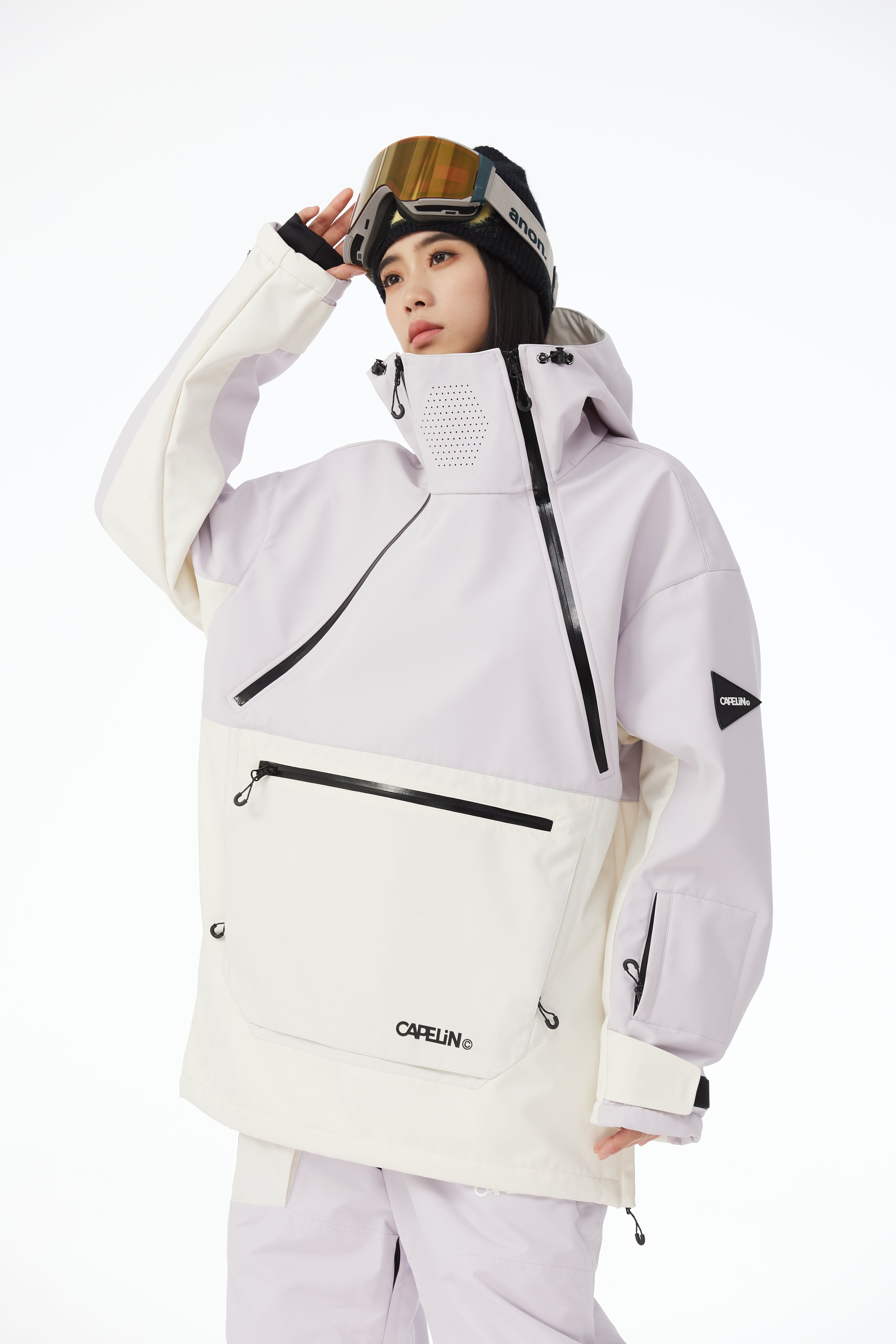Introduction
Tired of cruising the same groomed corduroy runs? Yearning to explore the untamed wilderness beyond the resort boundaries? Then you've likely felt the pull of freeride skiing. This discipline turns the entire mountain into your personal playground, transforming skiing into an act of creativity, freedom, and adrenaline-fueled exploration. This guide will dive deep into what is freeride skiing, outline its key techniques, and prepare you with the essential ski gear you need to start your journey safely.
Contents
● What is freeride skiing?
● What are key freeride skiing techniques?
● What gear is essential for freeriding?
● What are crucial freeride safety precautions?
What is freeride skiing?

In simple terms, freeride skiing is about freedom. It's a rebellion against structured racing and manicured pistes. Freeriders seek to create their own path down the mountain using naturally formed features—be it deep powder, steep couloirs, or tight glades. It's more than just "going off-piste"; it emphasizes style, flow, and using natural features for air time, often called "big mountain" skiing. At its heart, it's a return to skiing's soul, treating the entire mountain as your canvas.
What are key freeride skiing techniques?

Freeride skiing is far more than just pointing your skis downhill. It demands a dynamic set of skills to adapt to ever-changing terrain and snow conditions.
● Adaptive Turning: You must be able to adjust your turns on the fly based on the pitch, snow quality, and obstacles. You might need wide, sweeping S-turns in deep powder, and quick, powerful short turns in crusty snow or tight spaces.
● A Dynamic Stance: Stiff knees are your enemy. Maintain a relaxed, athletic stance, allowing your knees and ankles to act as shock absorbers for bumps, rollers, and unexpected terrain changes.
● Speed Management: Speed is your friend, but it must be managed. Learning to "scrub" speed in safe zones and checking your speed before committing to a steep section you can't see is crucial.
● Situational Awareness: Constantly scan the line ahead of you. Look for natural take-offs, identify potential hazards (like rocks or crevasses), and always plan your escape route.
What gear is essential for freeriding?

The right ski gear is critical for both performance and safety. Here’s your essential kit:
● Skis: Opt for skis with a waist width over 100mm for the floatation you need in deep snow. Tip rocker helps keep you afloat, while added length and stiffness provide stability at high speeds.
● Safety Equipment: This is non-negotiable. Never enter the backcountry without a beacon, probe, and shovel—and the knowledge to use them. An avalanche airbag backpack is highly recommended.
● Outerwear: Your ski jacket or snowboard jacket needs to be both protective and functional. Look for high-performance, waterproof and breathable fabrics with good ventilation zips to manage sweat from exertion. Similarly, a robust pair of snow pant is essential, which should seal effectively with your ski jacket to keep snow out.
● Other Essentials: A helmet, goggles, and appropriate gloves are basics. If you plan on touring, an alpine touring binding setup and skins are required.
What are crucial freeride safety precautions?

Safety is the foundation upon which freeride fun is built. Ignoring it can have dire consequences.
1. Get Educated: Before you step into the backcountry, take an accredited avalanche safety course.
2. Never Ride Alone: Absolutely never freeride by yourself. Ride with trusted partners and ensure everyone carries and knows how to use their safety gear.
3. Check the Forecast: Always, without exception, check the local avalanche forecast before your day starts to understand the current snowpack and risk level.
4. Plan Your Line: Study your descent in advance using maps and apps. Tell someone your plans.
5. Trust Your Gut: If a line doesn't feel right, don't ski it. The mountain will always be there another day.
Conclusion
Freeride skiing is the ultimate expression of skiing, blending advanced technique, the right ski gear, and a profound respect for the mountains. It invites you to step outside your comfort zone and connect with the mountain in a way no groomed run can offer. By understanding what is freeride skiing at its core, honing your techniques, investing in the proper equipment, and prioritizing safety above all else, you can unlock a world of limitless possibility and pure skiing joy. So, are you ready to explore?
FAQ
Question: What is the biggest difference between freeride skiing and regular on-piste skiing?
Answer: Freeride skiing creates personalized routes in natural terrain, emphasizing adaptability and exploration, while on-piste skiing is confined to groomed runs.












